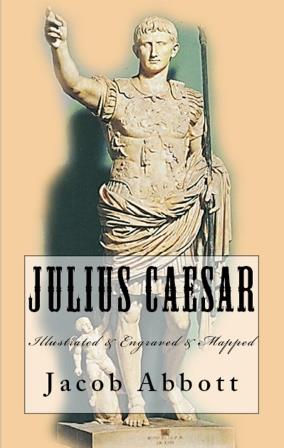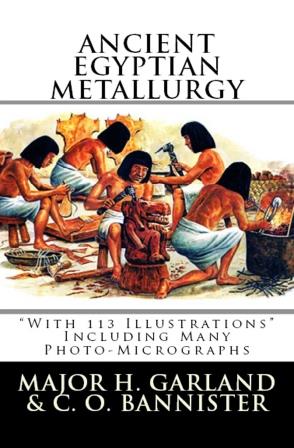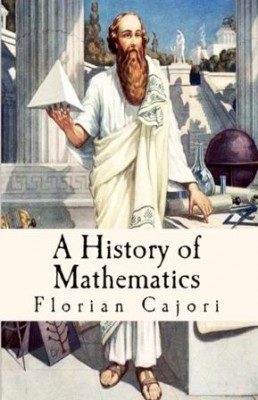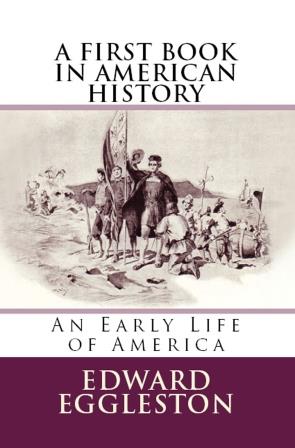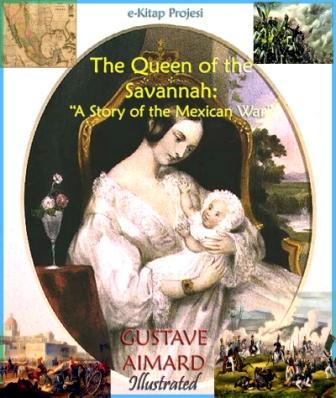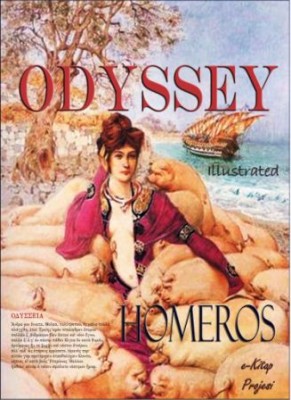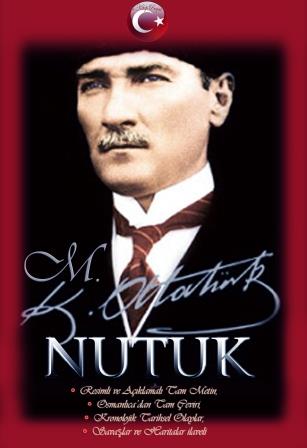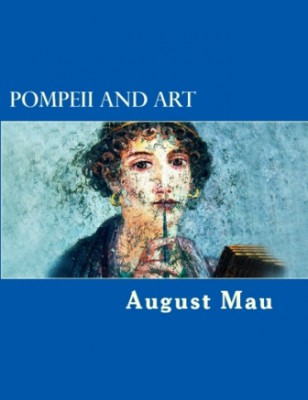The intervening years have heightened the appreciation of the enormous difficulty of the undertaking. On the other hand, the increased interest in the subject, as exemplified in college orientation courses, and the absence of a text book of similar scope and aim have seemed to justify a second edition.
The editors have deliberately abstained from any attempt to bring the history up to date in such matters as the new mathematical physics and the advances in the chemical and biological sciences characteristic of thetwentieth century, since the available literature on these topics is abundant, and it may be doubted if they are not stil too close to our generation for a just historical perspective.
BEGINNINGS OF SCIENCE
A history of science might be based on some more or less logical system of definitions and classification. Such systems and such points of view belong to relatively recent and mature periods. Science has grown without much self-consciousness as to how it is defined, without any great concern as to the distinction between pure and applied science, or as to the boundaries between the different sciences.
The periods at which primitive man of different races began to have conscious appreciation of the phenomena of nature, of number, magnitude, and geometric forms can never be known, nor the time at which their elementary notions began to be so classified and associated as to deserve the name of science. Very early in any civilization, however, there must obviously have been developed simple processes of counting and adding, of time and distance measurement, of the geometry and arithmetic involved in land measurement and in architectural design and construction.
PRIMITIVE COUNTING AND NUMBER SYSTEMS
There is no language without some numerals, though in extreme cases the range may be merely one, two, many (i.e., more-than two) ; and for most of us such a word as million is nearly equivalent to an innumerable multitude.
The process of counting is naturally facilitated by the use of fingers and toes as counters, their number 10 being the well-known anatomical basis for our decimal number system.












































